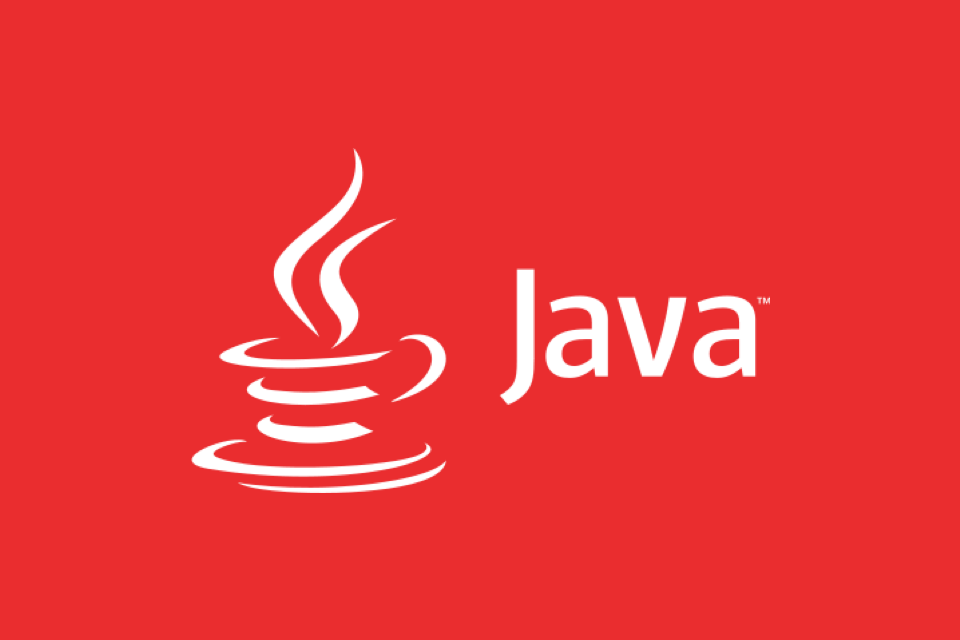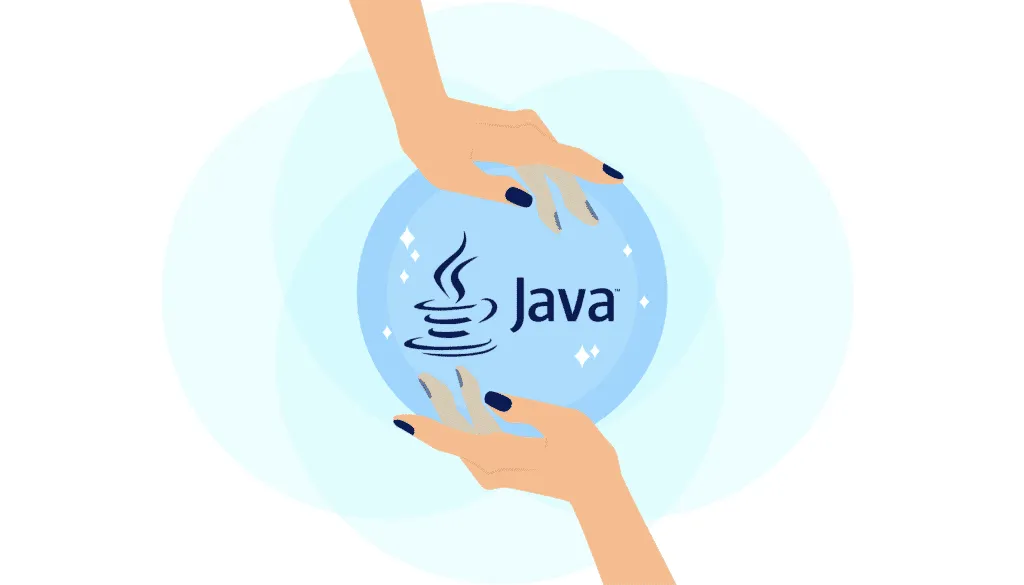Java's class loading mechanism is implemented through ClassLoader, and its core workflow is divided into three stages: loading, linking and initialization. During the loading phase, ClassLoader dynamically reads the bytecode of the class and creates Class objects; links include verifying the correctness of the class, allocating memory to static variables, and parsing symbol references; initialization performs static code blocks and static variable assignments. Class loading adopts the parent delegation model, and prioritizes the parent class loader to find classes, and try Bootstrap, Extension, and Application ClassLoader in turn to ensure that the core class library is safe and avoids duplicate loading. Developers can customize ClassLoader, such as URLClassLoader for remote loading, WebApp ClassLoader implements application isolation, and OSGi supports modular dynamic loading. In addition, class unloading depends on the recycling of ClassLoader. If ClassLoader is referenced, it cannot release memory, which can easily lead to leakage. The life cycle needs to be managed reasonably to optimize resources. Mastering the ClassLoader principle helps troubleshoot problems, optimize structure and design plug-in systems.

Java's class loading mechanism is an important part of the JVM runtime, and ClassLoader is the core of this mechanism. Understanding how ClassLoaders works will help troubleshoot class loading problems, optimize program structure, and even help you better design a modular system.

Basic process of class loading
When a Java program runs, not all classes are loaded from the beginning. Instead, when the class is used for the first time, it is loaded into memory by the ClassLoader. This process is roughly divided into three stages:

- Loading : Find the binary bytecode file of the class (usually a .class file), read and create a Class object.
- Linking : includes three steps: verification, preparation and parsing. Verify to ensure the correctness of the class; prepare to allocate memory for static variables and set default values; parsing is to replace symbolic references with direct references.
- Initialization : Execute the class constructor
<clinit></clinit>method, which is the static code block and static variable assignment operations we write.
Among these three steps, loading is done by ClassLoader, and the remaining two stages are controlled by the JVM.
Parent Delegation Model
ClassLoaders in Java adopts a mechanism called "parent delegation" to avoid duplicate loading of classes. Each ClassLoader has a parent class loader. When loading the class, it will first delegate to the parent class to load. Only when the parent class cannot be loaded will it try to load it by itself.

The standard ClassLoader hierarchy is as follows:
- Bootstrap ClassLoader : is responsible for loading the core classes (such as
java.lang.Object) that come with the JVM, usually located in rt.jar. - Extension ClassLoader : Loads Java extension library, generally located in
jre/lib/extdirectory. - Application ClassLoader (also called System ClassLoader): Loading the class under the application classpath, is the ClassLoader we deal with most often.
For example, when you call Class.forName("com.example.MyClass") , the default is that the Application ClassLoader initiates the loading request. It will first ask Extension, then ask Bootstrap. If none of them are found, then go to classpath to find it yourself.
The advantage of this mechanism is that it ensures the consistency and security of the class and prevents user-defined classes from overwriting the core class library.
Common ClassLoader implementation and usage
In addition to the standard ClassLoader mentioned above, Java also allows developers to customize ClassLoader to meet specific needs, such as loading classes from the network, hot deployment, plug-in systems, etc.
Several common ClassLoaders:
- URLClassLoader : It can load classes based on URLs (such as local files or remote HTTP addresses), suitable for dynamic loading of external JAR packages.
- Custom ClassLoader : Inheriting
ClassLoaderand rewritingfindClass()orloadClass()methods can implement your own class loading logic. - WebApp ClassLoader (commonly in Tomcat): Each web application has its own independent ClassLoader, which is used to isolate the class versions of different applications.
- OSGi ClassLoader : used in modular systems, supporting dynamic loading and unloading of classes.
If you are developing a plug-in system, you may need to customize a ClassLoader to load the plug-in's JAR file from the specified directory. For example:
public class PluginClassLoader extends ClassLoader {
private final File jarFile;
public PluginClassLoader(File jarFile, ClassLoader parent) {
super(parent);
this.jarFile = jarFile;
}
@Override
protected Class<?> findClass(String name) throws ClassNotFoundException {
try {
byte[] classBytes = readClassFromFile(name);
return defineClass(name, classBytes, 0, classBytes.length);
} catch (IOException e) {
throw new ClassNotFoundException("Class " name " not found", e);
}
}
private byte[] readClassFromFile(String name) throws IOException {
// Actually read the bytecode of the class from the JAR...
}
}This way you can load the classes in the plug-in through this class loader.
Class Uninstallation and Memory Management
What many people don't know is that classes can be uninstalled, but this only happens when the corresponding ClassLoader is garbage collected. In other words, as long as your ClassLoader is still referenced, all classes it loads will not be recycled, which can easily cause memory leakage.
Therefore, when using a custom ClassLoader, you should pay attention to timely release resources, especially in frequent loading/unloading scenarios, such as hot updates or dynamic module loading.
A common practice is to place the ClassLoader in a weak reference container, or manually set it to null when it is no longer needed to allow GC to be recycled smoothly.
Basically that's it. ClassLoader is a relatively low-level but very practical part of Java. Mastering its principles and usage can help you write more flexible and robust applications.
The above is the detailed content of How Java ClassLoaders Work Internally. For more information, please follow other related articles on the PHP Chinese website!

Hot AI Tools

Undress AI Tool
Undress images for free

Undresser.AI Undress
AI-powered app for creating realistic nude photos

AI Clothes Remover
Online AI tool for removing clothes from photos.

Clothoff.io
AI clothes remover

Video Face Swap
Swap faces in any video effortlessly with our completely free AI face swap tool!

Hot Article

Hot Tools

Notepad++7.3.1
Easy-to-use and free code editor

SublimeText3 Chinese version
Chinese version, very easy to use

Zend Studio 13.0.1
Powerful PHP integrated development environment

Dreamweaver CS6
Visual web development tools

SublimeText3 Mac version
God-level code editing software (SublimeText3)

Hot Topics
 Applying Semantic Structure with article, section, and aside in HTML
Jul 05, 2025 am 02:03 AM
Applying Semantic Structure with article, section, and aside in HTML
Jul 05, 2025 am 02:03 AM
The rational use of semantic tags in HTML can improve page structure clarity, accessibility and SEO effects. 1. Used for independent content blocks, such as blog posts or comments, it must be self-contained; 2. Used for classification related content, usually including titles, and is suitable for different modules of the page; 3. Used for auxiliary information related to the main content but not core, such as sidebar recommendations or author profiles. In actual development, labels should be combined and other, avoid excessive nesting, keep the structure simple, and verify the rationality of the structure through developer tools.
 The requested operation requires elevation Windows
Jul 04, 2025 am 02:58 AM
The requested operation requires elevation Windows
Jul 04, 2025 am 02:58 AM
When you encounter the prompt "This operation requires escalation of permissions", it means that you need administrator permissions to continue. Solutions include: 1. Right-click the "Run as Administrator" program or set the shortcut to always run as an administrator; 2. Check whether the current account is an administrator account, if not, switch or request administrator assistance; 3. Use administrator permissions to open a command prompt or PowerShell to execute relevant commands; 4. Bypass the restrictions by obtaining file ownership or modifying the registry when necessary, but such operations need to be cautious and fully understand the risks. Confirm permission identity and try the above methods usually solve the problem.
 Differences Between Callable and Runnable in Java
Jul 04, 2025 am 02:50 AM
Differences Between Callable and Runnable in Java
Jul 04, 2025 am 02:50 AM
There are three main differences between Callable and Runnable in Java. First, the callable method can return the result, suitable for tasks that need to return values, such as Callable; while the run() method of Runnable has no return value, suitable for tasks that do not need to return, such as logging. Second, Callable allows to throw checked exceptions to facilitate error transmission; while Runnable must handle exceptions internally. Third, Runnable can be directly passed to Thread or ExecutorService, while Callable can only be submitted to ExecutorService and returns the Future object to
 Exploring Different Synchronization Mechanisms in Java
Jul 04, 2025 am 02:53 AM
Exploring Different Synchronization Mechanisms in Java
Jul 04, 2025 am 02:53 AM
Javaprovidesmultiplesynchronizationtoolsforthreadsafety.1.synchronizedblocksensuremutualexclusionbylockingmethodsorspecificcodesections.2.ReentrantLockoffersadvancedcontrol,includingtryLockandfairnesspolicies.3.Conditionvariablesallowthreadstowaitfor
 How Java ClassLoaders Work Internally
Jul 06, 2025 am 02:53 AM
How Java ClassLoaders Work Internally
Jul 06, 2025 am 02:53 AM
Java's class loading mechanism is implemented through ClassLoader, and its core workflow is divided into three stages: loading, linking and initialization. During the loading phase, ClassLoader dynamically reads the bytecode of the class and creates Class objects; links include verifying the correctness of the class, allocating memory to static variables, and parsing symbol references; initialization performs static code blocks and static variable assignments. Class loading adopts the parent delegation model, and prioritizes the parent class loader to find classes, and try Bootstrap, Extension, and ApplicationClassLoader in turn to ensure that the core class library is safe and avoids duplicate loading. Developers can customize ClassLoader, such as URLClassL
 Handling Common Java Exceptions Effectively
Jul 05, 2025 am 02:35 AM
Handling Common Java Exceptions Effectively
Jul 05, 2025 am 02:35 AM
The key to Java exception handling is to distinguish between checked and unchecked exceptions and use try-catch, finally and logging reasonably. 1. Checked exceptions such as IOException need to be forced to handle, which is suitable for expected external problems; 2. Unchecked exceptions such as NullPointerException are usually caused by program logic errors and are runtime errors; 3. When catching exceptions, they should be specific and clear to avoid general capture of Exception; 4. It is recommended to use try-with-resources to automatically close resources to reduce manual cleaning of code; 5. In exception handling, detailed information should be recorded in combination with log frameworks to facilitate later
 Explained: Java Polymorphism in Object-Oriented Programming
Jul 05, 2025 am 02:52 AM
Explained: Java Polymorphism in Object-Oriented Programming
Jul 05, 2025 am 02:52 AM
Polymorphism is one of the core features of Java object-oriented programming. Its core lies in "one interface, multiple implementations". It implements a unified interface to handle the behavior of different objects through inheritance, method rewriting and upward transformation. 1. Polymorphism allows the parent class to refer to subclass objects, and the corresponding methods are called according to the actual object during runtime; 2. The implementation needs to meet the three conditions of inheritance relationship, method rewriting and upward transformation; 3. It is often used to uniformly handle different subclass objects, collection storage and framework design; 4. When used, only the methods defined by the parent class can be called. New methods added to subclasses need to be transformed downward and accessed, and pay attention to type safety.
 Asynchronous Programming Techniques in Modern Java
Jul 07, 2025 am 02:24 AM
Asynchronous Programming Techniques in Modern Java
Jul 07, 2025 am 02:24 AM
Java supports asynchronous programming including the use of CompletableFuture, responsive streams (such as ProjectReactor), and virtual threads in Java19. 1.CompletableFuture improves code readability and maintenance through chain calls, and supports task orchestration and exception handling; 2. ProjectReactor provides Mono and Flux types to implement responsive programming, with backpressure mechanism and rich operators; 3. Virtual threads reduce concurrency costs, are suitable for I/O-intensive tasks, and are lighter and easier to expand than traditional platform threads. Each method has applicable scenarios, and appropriate tools should be selected according to your needs and mixed models should be avoided to maintain simplicity






